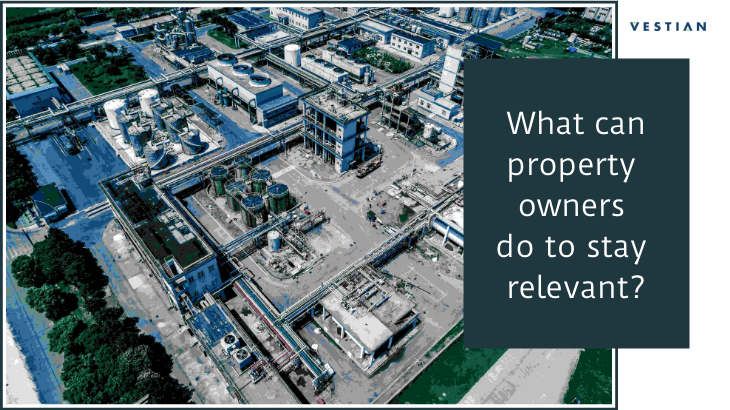The changing requirement from the built environment in terms of energy efficiency, minimal impact on the environment, the journey to net zero make properties susceptible to being devalued on account of non- performance, leading to them to be tagged as stranded assets.
Hence, property owners need to be proactive and implement the requisite measures over the short and the long term to avoid obsolescence, loss of tenant revenue as well as the overall devaluation in the property’s value. It isn’t just the monetary aspect, but also the human aspect that takes centre stage in this discussion, thanks to the mounting evidence that proper urban planning and sustainable designs often help increase the physical and emotional well-being as well the productivity of the occupants. Also, there is much evidence that a greener building can command anywhere between 6-11% higher rental. Add to it, the current focus on climate crisis and minimising carbon footprint, there are many other incentives that make them more profitable and secure investments.
Property owners need to devise a step-by-step system wherein they can first identify present and future risks, understand the changing landscape of sustainability and energy efficiency demands, formulate actionable ways to manage the risks and changing demands, and incorporate their impact in the valuation of the buildings in due course. Seemingly cumbersome, once implemented, this system will not only offer better insights with respect to sustainable development but will also ensure that the property doesn’t end up becoming a stranded asset. While opting for a sustainable standard is a good starting point, allowing one to align to the best sustainable practices, these standards whether its IGBC, USGBC, LEED, BREEAM also give an indication of the current energy expenditure by a property and how to reduce reliance on non-renewable sources of energy.
This being said, developers are taking much care to incorporate greater energy efficiency and minimising embodied carbon while upgrading their existing buildings, be it refurbishing, implementing green management in new and existing buildings, and such.
Yet another way to stay green is to initiate a dialogue with the tenants and invite them to become a part of the proposed green practices. Then again, rethinking business and making sustainable development a core value can also go a long way, especially if efforts are taken towards the creation of a sustainable building.
The value of an asset – no matter where it is or what type – will be impacted by increased obsolescence or stranding of properties that do not meet occupational, investor and legislative sustainability standards. Hence it is critical to make green goals a priority.
